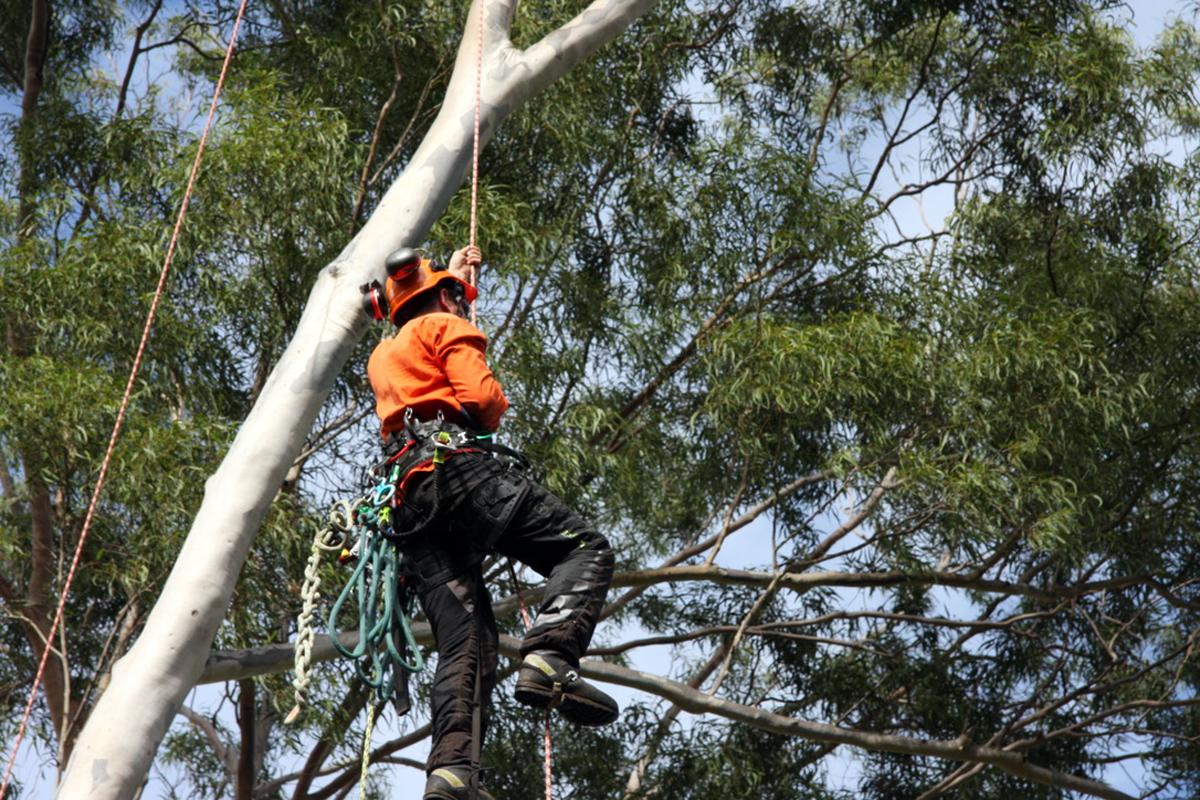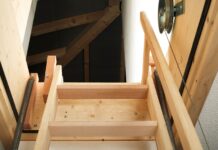The green surfaces of our gardens and yards have to be taken care of constantly. Apart from the unappealing look they may have if not properly maintained, they can also cause issues in general. The usual process of mowing and treating weeds is familiar to us all, as the grass is the most frequent part of these surfaces. However, others have to worry about trees in their yards as well. Trees are nice to have around with all the shade they provide they can turn into hazards without proper treatment. The tree can grow its branches too close to the house, causing damage to the paint and potentially breaking windows if left to grow more. The tree is also more susceptible to diseases and parasites and has a harder time dealing with them without proper care due to them boring deep inside it. To rectify these issues we have multiple ways of treating trees. The most important two, and the most frequently applied ones, are tree lopping and tree pruning.
Tree lopping
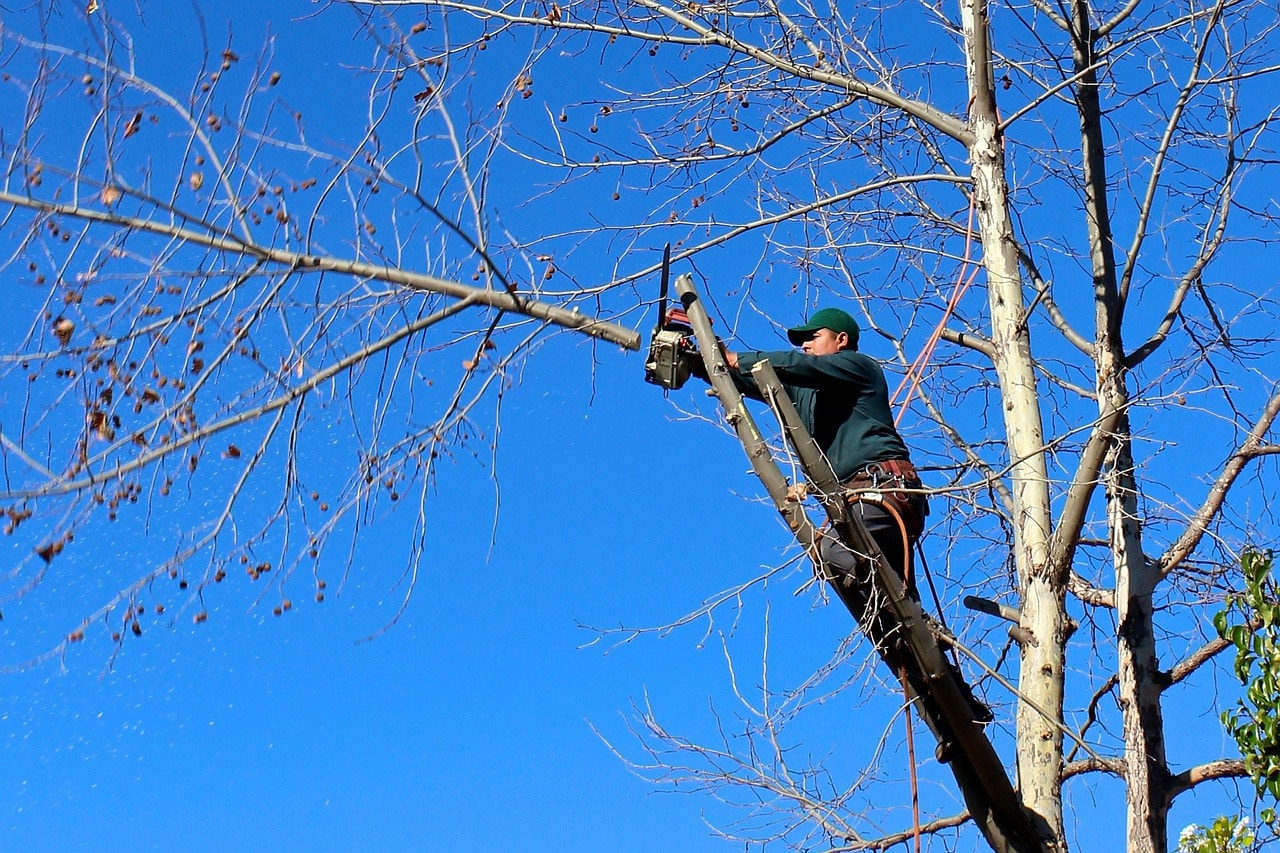
As the tree grows its branches become more spread out, going in odd directions. This style of growth can cause issues even if the tree initially didn’t pose any to your household. As years go by the branches that seemed to grow away from the house may curve in growth or sprout side branches that are oriented towards the house. The repercussions are the aforementioned damage you may endure. Allowing the tree to grow unrestrained can also cause additional issues when it comes to managing it later down the line. If a branch is too close to your house it will be a lot harder to remove as additional measures have to be taken before cutting it. This is why keeping up with the growth of the tree with proper responses is important.
Tree lopping is the best way of dealing with this unregulated growth. It is used to modify the shape of the tree through the proper cutting of select branches. This results in the tree’s growth being directed in a certain direction, while also removing damaged sections from a tree. Tree lopping’s primary purpose is ensuring safety from hazardous branches but it can be used for aesthetic purposes as well. The modification of the tree’s shape can help you achieve the desired look and enhance the appearance of your yard. However, this action shouldn’t be performed haphazardly. One of the issues that may arise is that the branches being cut contain too many leaves, removal of which reduces the available nutrients the tree has, damaging its immune system as well as growth. The side effects inherent to this process are numerous. The issue also stems from people equating it with pruning, which we will cover below. This is why it’s important to know how to define tree lopping, as knowing more about the intricacies of the process can help you apply it better without endangering the tree.
Tree pruning
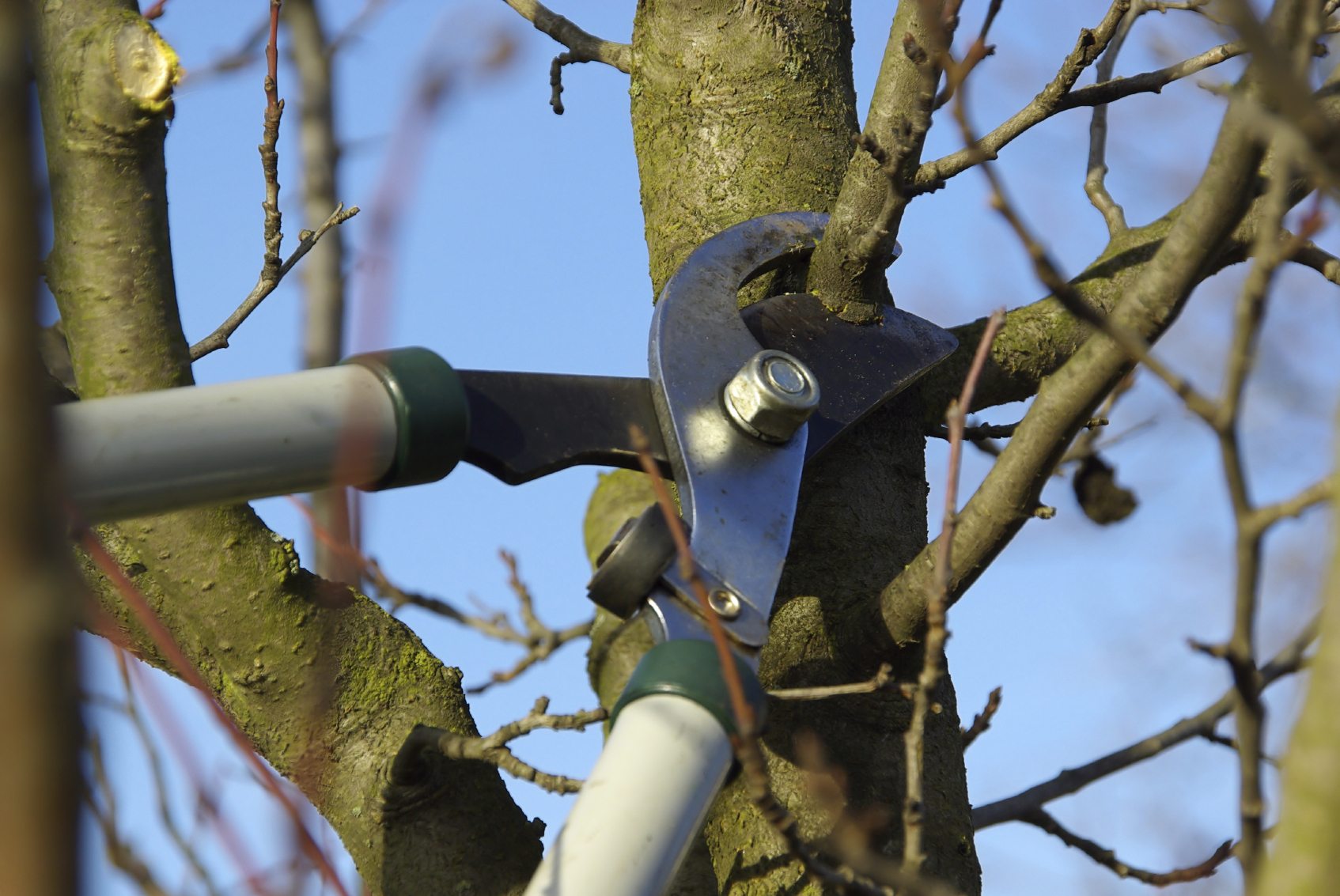
While one step to maintaining our plant friends includes shaping them away from causing hazardous situations, the other includes their treatment. After all, if a tree is to be in our yard we’d rather see it grow and flourish than dry out. The benefits of having a well-grown and nurtured tree will become increasingly obvious in these scorching summer months when shade is a necessity. However, there are plenty of dangers a tree faces during its lifetime, especially during the younger time of its life. The troubles a tree can face include parasites, diseases, lack of nutrients, and many others such as damage from weather phenomenons.
An action we can take to rectify this is pruning. The act of pruning includes removing diseased and damaged branches that endanger the tree’s health. During pruning, it is important to check whether any branches are crossing each other or if they showcase other weird styles of growth that could result in them breaking off from friction and wind.
Performing this action will stimulate new growth, as the dead weight won’t unnecessarily exert the tree. It also improves the tree’s ability to protect against tree-related diseases and parasites as they won’t have malnourished branches as an easy way of latching onto a tree. The tree’s ability to recover from damage will also be improved, making it less likely to suffer additional strain while recovering. Overall, pruning enhances the health of the tree while not being intense in terms of labor. The act of pruning involves making minor cuts and changes to the tree rather than drastic ones.
Differences between tree looping and tree pruning
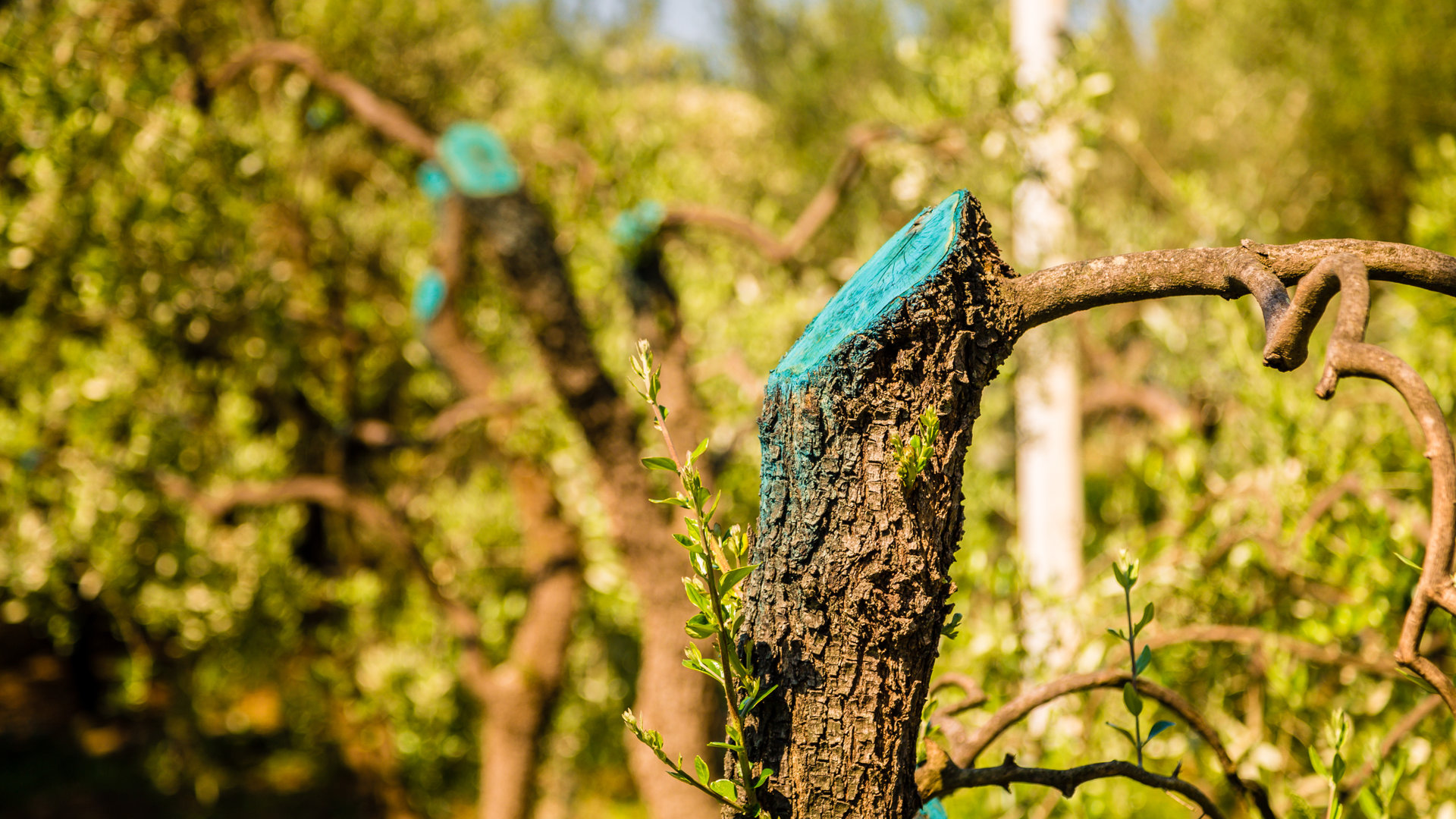
Now that we have covered the applications of these two and their effect on the tree let’s list off the ways in which they differ.
The first and biggest difference is the amount of branch removal included. While pruning isn’t too intense in this department and can be finished quickly on less problematic trees, lopping often requires intense cutting from all sides for the sake of achieving its shaping effect. The less managed trees will be twice as affected with this intense adjustment, as they require an incredible amount of precise branch removal to stimulate their growth.
The time and frequency of application also differ for tree lopping and tree pruning.
Although the timing for both actions depends on the species of your tree, it’s mandatory to prune the tree once a year while lopping should be used as needed. Tree lopping can be done once or twice a year but if your tree shows proper growth, or has already been shaped by previous tree lopping, there isn’t a firm necessity to perform it.
Tools applied for these actions both include those that can cut and trim the tree, but they differ in type. While tree pruning is done with hand shears and other smaller tools such as hand saws, tree lopping requires more heavy-duty equipment such as gas-powered clippers, manual shears, and electric shears.
The last but also very important effect is that on tree’s health. While tree lopping can improve the tree’s longevity it can also cause plenty of issues. The intensity of the cuts leaves the tree more susceptible to parasites and disease while it heals. On the other hand, pruning universally improves the health of the tree due to not putting it under a big strain and allowing for easier recovery across the board.

